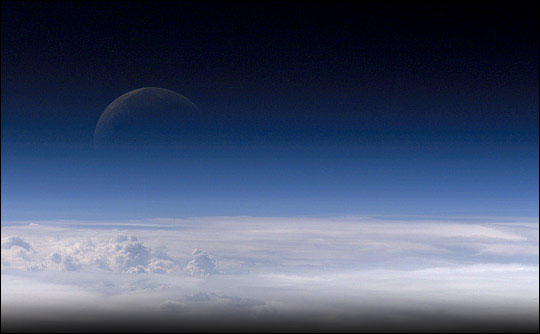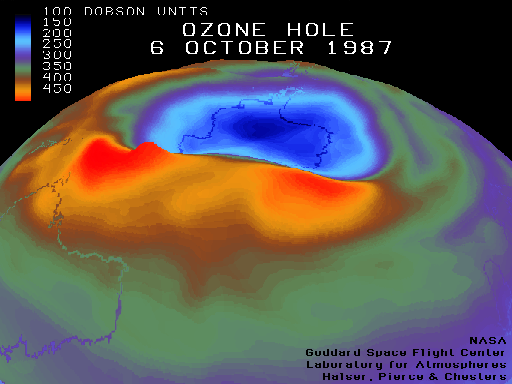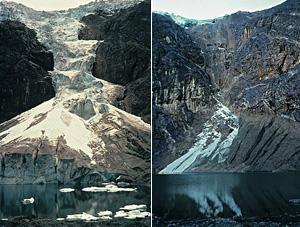How does this effect polar ice caps?
 Parts of the polar regions, Antarctica and the Arctic, are already warming two to three times faster than the global average, which is predicted to be between 1.4 and 5.8 degrees Celsius this century. More heat is absorbed by the sea than by ice and this promotes faster melting because less sunlight is being reflected back into space.
Parts of the polar regions, Antarctica and the Arctic, are already warming two to three times faster than the global average, which is predicted to be between 1.4 and 5.8 degrees Celsius this century. More heat is absorbed by the sea than by ice and this promotes faster melting because less sunlight is being reflected back into space.
* Climate models predict global warming will be most acute in polar regions. Some predict an almost complete loss of summer sea-ice in the Arctic before the end of the century -- meaning polar bears, which depend on the sea ice to hunt seals and move around, are unlikely to survive.
* The Greenland Ice Sheet, the Arctic's largest glacial mass, constitutes 10 percent of the world's freshwater reserves. It is currently melting faster than new ice is being formed. If all Greenland ice melted, the world's oceans would rise by seven metres (23 feet).
* Polar regions act as natural "sinks" for the world's toxic chemicals. Persistent organic pollutants (POPs) are carried to the Arctic by air and ocean currents and enter the food chain of marine mammals and seabirds.
* The Arctic is a partially frozen ocean. Its snow-covered tundra and forests has few native species but is home to four million people, of whom 10 percent are indigenous. In the southern hemisphere, Antarctica is a continent surrounded by ocean. About 99 percent of Antarctica is covered by ice and is home to large populations of marine birds and seals.
http://www.javno.com/en/lifestyle/clanak.php?id=50080
http://www.nasa.gov/vision/earth/lookingatearth/ozone_record.html





